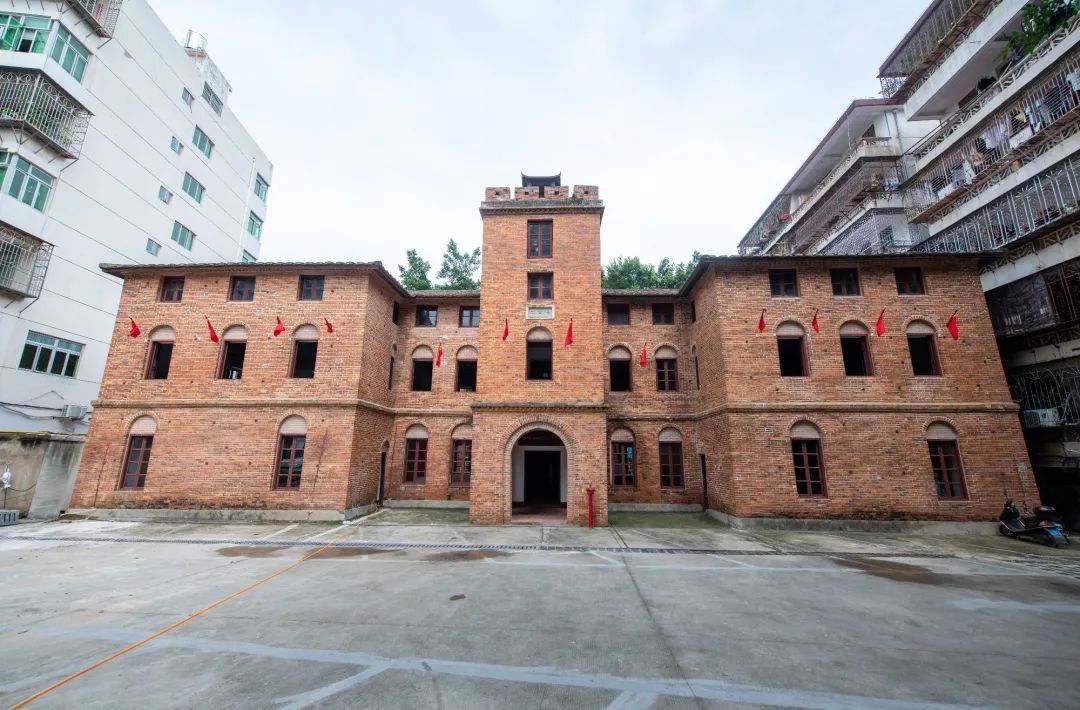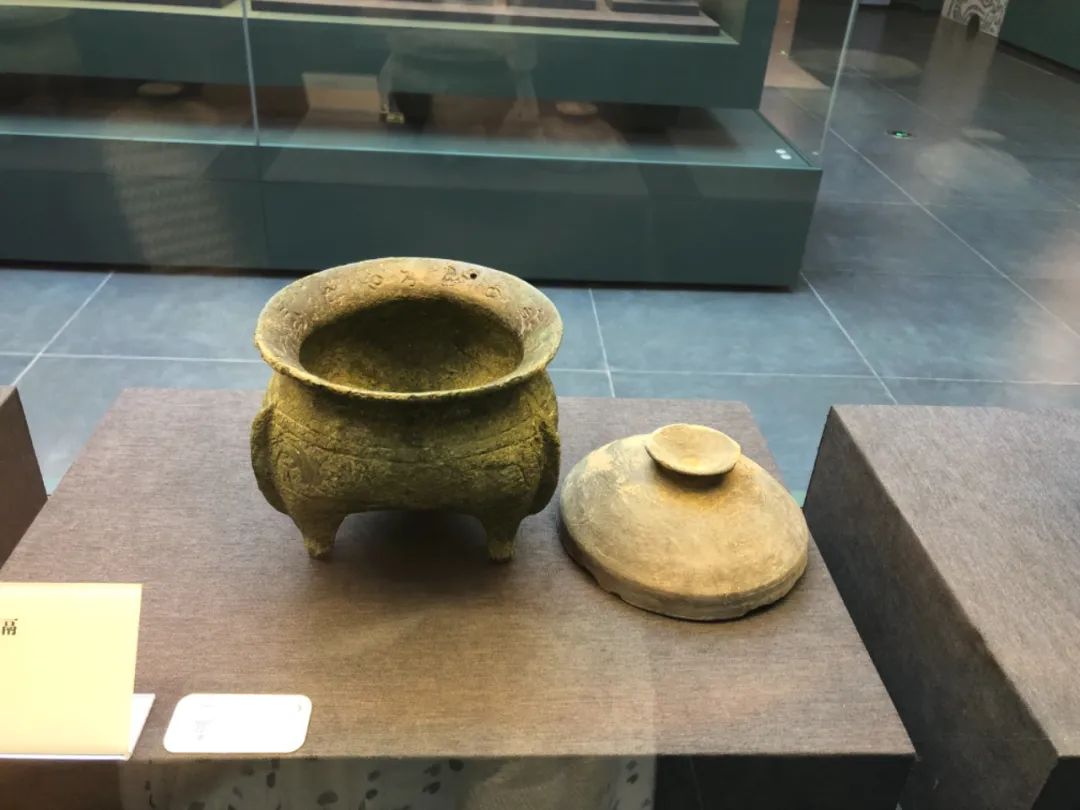The previous life of the calendar (4)
Author:Yongshuyuan Time:2022.08.18
Yin and Yang Calendar
The yin and yang calendar, that is, the yin -yoguk calendar, is the calendar of the operation cycle of reconciliation of the sun, the earth, and the moon.
It requires not only the calendar month is basically consistent with Shuangwangyue, but also requires that the years of the calendar year are basically consistent with the return of the return year. It is a comprehensive yin and solar calendar advantage.
The various calendars in ancient my country and the lunar calendar used today are such yin and yang calendars.
The lunar calendar is a traditional calendar adopted by my country, also known as the summer calendar.
It uses the Shuangwang cycle to set the month, and the average length of the year is similar to that of a leap month. It has the nature of the lunar month and solar calendar. Therefore, it is essentially a yin and yang calendar.
The lunar calendar is 12 months for one year, a total of 354 or 355 days, which is about 11 days from the return year.
To this end, by increasing the method of increasing the leap month, the operating cycle of the sun, the earth, and the moon cannot be cooperated. How can the yin and yang calendar be adjusted? However, the ancient Chinese calendar used very clever ways to reconcile the two very coordinated. This method is to set the method.
"Shangshu Yao Dian" explains: "Based on the four -year age of the leap month", "Zuo Zhuan" Wen Gong said in the six years: "The right time", that is, the method of setting up.
The month of the ancient Chinese calendar is basically in line with the Shuangwangyue. It is 59 days in two months, one, one small, and 59 days, which is exactly the same as the lunar calendar.
However, if it is arranged for 12 months a year according to the lunar calendar, although the calendar month is basically in line with Shuangwangyue, it is more than 11 days less than the return year in a year. The New Year will be spent in the Sanfu Tian, and the law of the French year around the sun will be chaotic.
In order to comply with the calendar and the moon and the moon, but also the calendar year to return to the year, the method of setting up the past is used to make up the difference between the 11th on the 11th of each year.
The superfluousness of the cricket is to add an extra month to a certain period of time, which will not cause the calendar year to return to the same age.
The method of setting up is gradually improved.
At first, for example, during the Shang and Zhou dynasties, it seemed to know only three years, and in the Warring States Period, I already knew the seven -year -old week of the 19th year.
7 years in 19 years, a total of 235 Shuangwang Moon.
According to the "four -point calendar" adopted by most Chinese calendar (the length of Shuangwangyue), the 19th return year is the same as 235, and the total length of the year is 6939.6018, and the total length of 235 Shuangwangyue is 6939.6879. The two The difference is 2 hours, 4 minutes and 16.3 seconds.
In other words, the 19th year of the solar calendar can be reconciled with 19 years in the lunar calendar.
The number of days of the 19th return is exactly the same as the number of days at 235 Wangwangyue;
It means that after 19 years, any solar terms must return to the same day.
If the first month of this year is the beginning of the spring, after 19 years, it must be the first month of the first month, but the time of He Shuo and the festival is 0.25 days. It must be 4 19 years (76 years). Be able to return to the original point (Shuo Dan).
Therefore, the nineteen years of the ancient Chinese calendar were one chapter, the four chapters were one, twenty -twenty is the one, and the three years were one yuan.
When is the year of the year?
The restrictions on observation instruments in ancient times did not know that the sun's vision movement was uneven before the Northern and Southern Dynasties. It was believed that the angle of the sun per day was equal.
At that time, I didn't know that there was a difference. Then the sun was one week a week, 365 1/4 a year, and 365 1/4 degrees a week. The number of days occupied by each solar term is equal, 15.2 days. Later generations referred to this method of solar terms as calm or constant gas.
The Northern Qi Zhangzi Credit Hunbi has been measured for many years in the island, and found that the sun's vision movement was uneven.
In fact, the nearly place where the winter solstice left the zodiac at that time was not far away. The nearly place was only over ten degrees in the top of the winter solstice. This result was roughly in line with the actual situation.
With the push of the times, the winter solstice is getting closer to the nearby location, which is about the combination of the two during the Southern Song Dynasty.
Zhang Zixin's discovery is of great significance to the improvement of the calendar, and it will soon be applied to the calendar.
Use the twenty -four equivalence to set the solar term, which must be more than fifteen degrees per gas. This method of dividing the solar term is called calm.
Because the sun moves on the zodiac every day, the number of days required for the sun to move is different.
The winter solstice is fast, only 14.718 days; the summer solstice is slow before and after, and the breath is 15.732 days.
The monk's "Da Yan calendar" believes that the day near the winter solstice is the fastest, so the time between Erqi is the shortest, and the daily trip near the summer solstice is the slowest, so the time is the longest.
"Dasan Calendar" pointed out the correct law of daily travel.
In fact, the fastest time of the "Dayan Calendar" is set between the heavy snow and the winter solstice. At that time, the actual near the winter solstice was nine degrees, so the data of "Da Yan Calenda" was accurate.
"Da Yan calendar" also measures that there are 88.89 days from the winter solstice to the spring equity, a limited edition of the line; from the spring equinox to the six atmosphere of the summer solstice for a total of 91.73 days, there is also a quadrant.
The situation before and after the autumn equinox is the same as before and after the spring equinox.
Guo Shoujing's "Time Calendar" set the fastest time of the winter as the winter solstice. The nearly place in the era of the "Time Calendar" was actually less than once after the winter solstice, so the value it used was very precise.
According to the actual measurement of the "Time Calendar", it is known that from the winter solstice to the first three days of the spring equinox (Dingchun equinox), the line is limited to the day, it only costs 88.91 days; from the first three days of the spring equinox to 93.71 on the summer, the day is also the same; It can be seen that since the "Danan Calendar", there have been ways to accurately calculate the location of the solar and calculate the gas.
However, due to the long -term use of qi habits, the arrangement of the solar term is still used, and the concept of gas is only used only when calculating the number of daily lines and the time of the meeting, and it is not until the Qing Dynasty.
Requiring is a major event in the ancient calendar.
Five years twice;
"Said" said "Five years again."
Five years and twice are more than heaven, and later it was stipulated in 19 years and 7 months.
Regarding the problem of insertion of the leap month, there are records in the Yin Zhou era. The leap month is generally at the end of the year.
At that time, there was no customization, and some years even appeared two years.
But in the Spring and Autumn Period, there was no such situation.
In the early September of the Han Dynasty, it was called "later September". In ancient times, there were still mid -year storage. For example, March, June.
When it is not called "lost". How to insert it is an important issue for the ancient calendar.
The time period between the winter solstice and the winter solstice is the age (the year of the return), and the division is divided into 24 sections (at 2:5 per section of the 15th). Each section starts at a solar term. , Lichun, Rainwater, Stunning, Spring equinox, Qingming, Gu Yu, Lixia, Xiaoman, Mang, Summer Solstice, Xiaoshu, Da Suma, Lili Autumn, Summer, Bai Lu, Autumn, Cold Dew, Frost, Lixue, Snow.
This is the name of the twenty -four solar terms;
It was named with the place referred to in Dou Gang and combined with the natural climate and landscape at the time.
The so -called Douchu is the three stars of the Beidou seven stars. With the operation of the celestial body, the Douchu points to different directions and positions. The position it refers to is the month represented.
For example, the first month is Yin, at dusk, Yin Yin, Heng Zhiyin in the middle of the night, during the day of the day;
February is 为, at dusk, the fingers of the dusk, the finger in the middle of the night, and the dynasties during the day,
The remaining monthly class push.
In the twenty -four solar terms, the winter solstice, cold, rainwater, spring equinox, valley rain, Xiaoman, summer solstice, summer, summer, autumnal equinox, frost, and small snow are medium qi, which is usually used to determine the month.
The month of the winter solstice is the winter moon, the month of the cold, the month of the month, the month of the rainwater is the first month, the month of the spring equinox is February, ... the month of Xiaoxue is October, and the winter solstice is in the winter month of the month.
The time between the medium qi is about 5.25 days, so the interval between the mid -qi day (including the front) is 30 or 31 days.
The time of a lunar month is 29th or 30th.
Therefore, the middle qi can directly determine the month and whether the qi month is the leap month of the previous month.
In the middle of the Western Han Dynasty, the end of the year was at the end of the year, such as Yin Zhou called "December", and the beginning of Qin and the Western Han Dynasty "Later September".
From the beginning of the Emperor Hanwu's use of the first calendar, it is stipulated that there is no month of qi.
The seventh year of the 19th year is one of the main characteristics of the ancient calendar in my country.
There are 13 months in the year of the leap month, about 384 days throughout the year. The arrangement of the leap month is determined by the twenty -four solar terms.
This calendar has been used to this day.
*Picture from the Internet
- END -
Return to the red classic journey line and revisit the story of the beacon years

Coinciding with the establishment of the partyIt's better to take these three red ...
Lile and Music Shandong | Rizhao: To his father!Witness the father -in -law who has passed through 3000 years!

There is a kind of love, called father love like mountainsMother’s love and wind ...